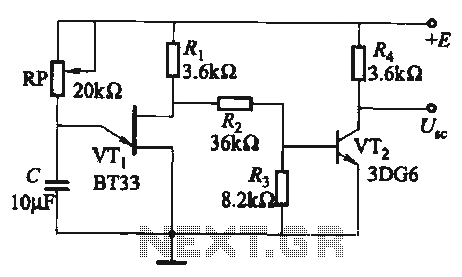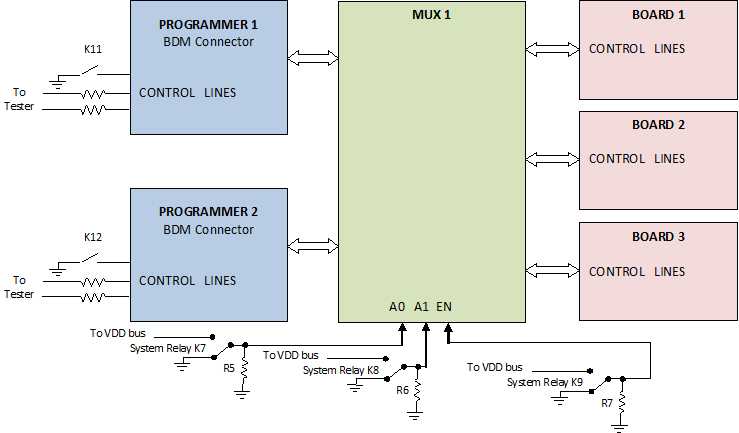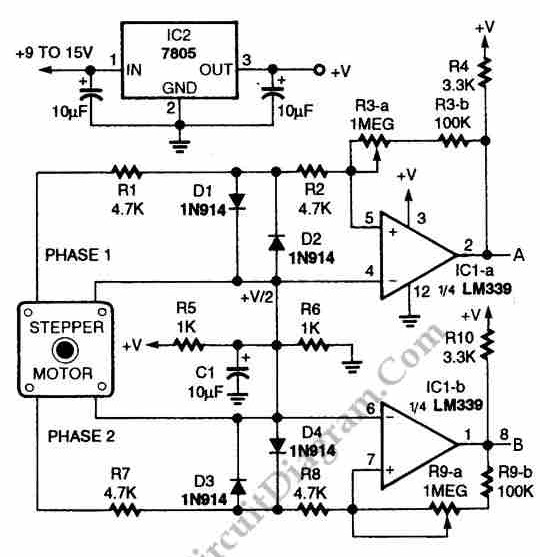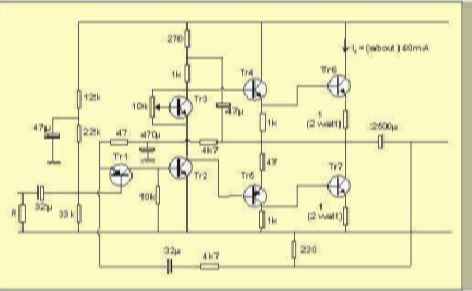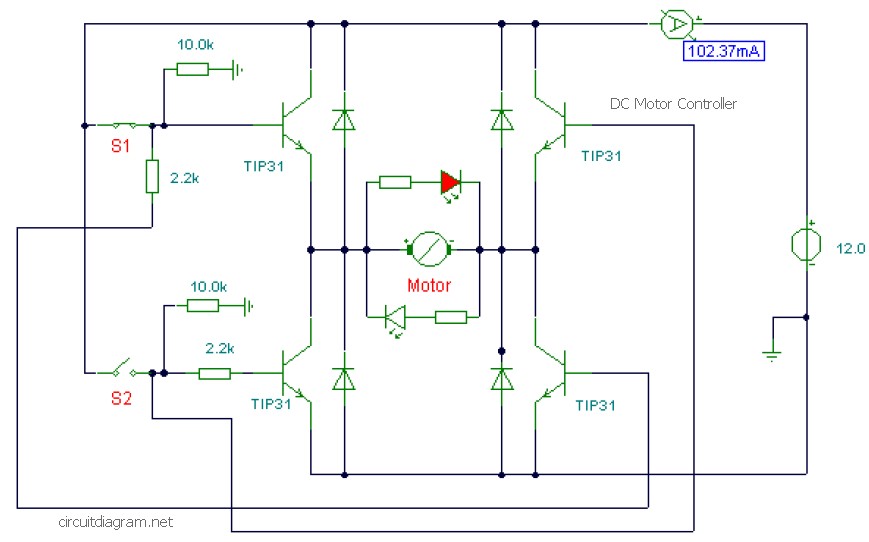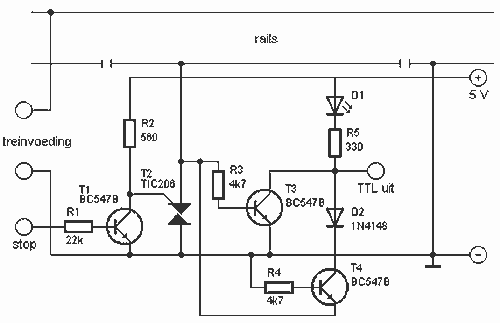
accelerometer amplifier circuit

This is a circuit for an accelerometer amplifier. It is a straightforward circuit. A precision accelerometer requires an inverting mode amplifier since these devices typically output charge. This amplifier converts charges into a voltage output. The circuit presented below is an example of an accelerometer with a DC servo. It is built using the IC LT1113. The charge from the transducer is converted to a voltage by capacitor C1, which should match the transducer capacitance in addition to the input capacitance of the operational amplifier. The low-frequency bandwidth of the amplifier is influenced by the value of R1 and C1 (or R1 (1 + R2/R3) for a Tee network). The noise gain is calculated as 1 + C1/CT. The time constant of the servo (1/R5C5) should exceed the time constant of the amplifier (1/R1C1).
The accelerometer amplifier circuit is designed to accurately convert the charge output from a precision accelerometer into a usable voltage signal. This is crucial for applications where precise motion detection or orientation measurement is required. The circuit employs an inverting amplifier configuration, which is essential due to the nature of charge-output devices.
The operational amplifier used in this design is the LT1113, known for its low noise and high precision characteristics, making it suitable for sensitive applications. The capacitor C1 plays a critical role in the charge-to-voltage conversion process. It is important that C1 is selected to equal the sum of the transducer's capacitance and the input capacitance of the operational amplifier to ensure optimal performance.
The low-frequency bandwidth of the amplifier is determined by the product of R1 and C1, which dictates the response time of the amplifier to changes in input signal. In scenarios where a Tee network is implemented, the bandwidth can also be influenced by the resistive divider formed by R2 and R3. The noise gain of the circuit, defined as 1 + C1/CT, highlights the relationship between the feedback capacitance and the total capacitance in the circuit, which affects the overall stability and performance.
A critical aspect of the design is the time constant of the servo loop, represented by 1/R5C5. This time constant must be larger than that of the amplifier's time constant (1/R1C1) to ensure that the servo can adequately respond to changes without introducing instability or oscillation into the system. Proper selection of the resistors and capacitors in the circuit is therefore essential to maintain a balance between responsiveness and stability, ensuring that the accelerometer provides accurate readings in dynamic conditions.This is a circuit for accelerometer amplifier. This is a simple circuit. Precision accelerometer needs inverting mode amplifier since they are usually charge-output devices. This amplifier is convert charges into voltage output. The circuit below is an example of accelerometer with DC servo. This circuit built by IC LT1113. The charge from the tra nsducer is converted to a voltage by C1, which should equal the transducer capacitance plus the input capacitance of the op amp. The low frequency bandwidth of the amplifier will depend on the value of R1 C1 (or R1 (1 + R2/R3) for a Tee network).
The noise gain will be 1 + C1/CT. The time constant of the servo (1/R5C5) should be larger than the time constant of the amplifier (1/R1C1). 🔗 External reference
The accelerometer amplifier circuit is designed to accurately convert the charge output from a precision accelerometer into a usable voltage signal. This is crucial for applications where precise motion detection or orientation measurement is required. The circuit employs an inverting amplifier configuration, which is essential due to the nature of charge-output devices.
The operational amplifier used in this design is the LT1113, known for its low noise and high precision characteristics, making it suitable for sensitive applications. The capacitor C1 plays a critical role in the charge-to-voltage conversion process. It is important that C1 is selected to equal the sum of the transducer's capacitance and the input capacitance of the operational amplifier to ensure optimal performance.
The low-frequency bandwidth of the amplifier is determined by the product of R1 and C1, which dictates the response time of the amplifier to changes in input signal. In scenarios where a Tee network is implemented, the bandwidth can also be influenced by the resistive divider formed by R2 and R3. The noise gain of the circuit, defined as 1 + C1/CT, highlights the relationship between the feedback capacitance and the total capacitance in the circuit, which affects the overall stability and performance.
A critical aspect of the design is the time constant of the servo loop, represented by 1/R5C5. This time constant must be larger than that of the amplifier's time constant (1/R1C1) to ensure that the servo can adequately respond to changes without introducing instability or oscillation into the system. Proper selection of the resistors and capacitors in the circuit is therefore essential to maintain a balance between responsiveness and stability, ensuring that the accelerometer provides accurate readings in dynamic conditions.This is a circuit for accelerometer amplifier. This is a simple circuit. Precision accelerometer needs inverting mode amplifier since they are usually charge-output devices. This amplifier is convert charges into voltage output. The circuit below is an example of accelerometer with DC servo. This circuit built by IC LT1113. The charge from the tra nsducer is converted to a voltage by C1, which should equal the transducer capacitance plus the input capacitance of the op amp. The low frequency bandwidth of the amplifier will depend on the value of R1 C1 (or R1 (1 + R2/R3) for a Tee network).
The noise gain will be 1 + C1/CT. The time constant of the servo (1/R5C5) should be larger than the time constant of the amplifier (1/R1C1). 🔗 External reference
